How to Clean a Floor: Mistakes You Didn’t Know You Were Making
Many people think cleaning their floor just means running a mop over it, but that’s a fast track to damage, dullness, and grime buildup. Floors may look clean, but if you’re not cleaning the right way, you’re likely missing bacteria, grit, and residue that can degrade your flooring over time.
This guide will walk you through how to clean floors properly, highlighting mistakes you might not even realize you’re making. Whether you have hardwood, tile, or vinyl, we’ll help you get it clean with smarter tools, easier techniques, and fewer headaches.
What a Clean Floor Really Means
Sure, a clean floor looks good, but real cleanliness goes deeper. A truly clean floor:
Is free of fine dust, allergens, and bacteria
Feels smooth underfoot, not sticky or gritty
Has no lingering chemical smell
Doesn’t get damaged over time due to harsh products or oversaturation
If you’re aiming for just a “quick wipe,” you’re probably leaving buildup behind. And that can eventually lead to staining, dullness, or even warped floors - especially for wood and laminate.
3 Common Mistakes in Floor Cleaning
1. Ignoring Floor Type
Every floor has its own requirements . What works great for tile might actually ruin hardwood. For instance:
Using a steam mop on laminate or excess water on hardwood can lead to warping, bubbling, or discoloration.
Stone and marble floors can also be damaged by acidic or abrasive products.
To avoid costly repairs, always check manufacturer guidelines, and before buying any cleaning product or tool, check whether it’s compatible with your floor type.
Dreame Take A smart wet and dry vacuum like theDreame H12 Dual adapts to multiple floor types, taking the guesswork out of your routine.
2. Using The Incorrect Cleaning Product
Generic “floor cleaners” often do more harm than good, especially if they contain bleach or acidic chemicals. Many off-the-shelf products contain harsh chemicals that strip protective finishes, leave sticky residues, or attract more dirt over time.
Instead, opt for floor-specific cleaners or homemade floor cleaner options like:
A few drops of dish soap in warm water (for vinyl or tile)
Castile soap and water (for sealed hardwood)
pH-neutral stone cleaner (for marble)
A rough scrub brush on laminate or a soaking-wet mop on hardwood can spell disaster. You could try Dreame’s wet and dry vacuum options, like the Dreame H12 Dual, which adapts to multiple surfaces; and no harsh chemicals are needed.
3. Skipping Regular Maintenance
Cleaning only when dirt is visible is like brushing your teeth only when you have a cavity. Dirt acts like sandpaper, wearing down floors over time. Regular cleaning not only keeps your home feeling fresh but also protects your floors from wear and tear.
Create a floor cleaning schedule based on usage:
Area
Frequency
High-traffic (entryways, kitchens)
Daily spot clean, weekly deep clean
Bedrooms & low-use areas
Weekly clean
Pet zones or kids' play areas
Every 2–3 days
Dreame Take Make a floor cleaning schedule that works for your home and stick to it. Set reminders, or better yet, let a robot vacuum like the Dreame L10s Ultra handle it for you with automated daily cleaning routines especially for high-traffic areas.
How to Clean Floors: Material-Specific Tips
Different floor materials require different tools and techniques. Here's how to clean a floor based on what it's made of without causing damage or creating extra work.
Hardwood Floors
Hardwood is beautiful but sensitive. To avoid warping or scratches, you’ll need to clean gently and dry quickly.
Sweep or vacuum daily with a soft brush attachment.
Use a bare-floor-friendly vacuum like the Dreame R20 Cordless Stick Vacuum for edge-to-edge dust removal.
Mop weekly with a damp (not wet!) microfiber mop and a wood-safe cleaner.
Dry immediately to prevent water damage.
Pro-tip Avoid steam mops, because they can damage wood sealants. For more details, check out our full guide on “How to Clean Hardwood Floors.”
Laminate Floors
Laminate looks like wood but doesn’t handle water the same way. Keep it dry and avoid excess moisture.
Vacuum or sweep 2–3 times per week.
Avoid steam or wet mops, as laminate is not waterproof.
Use a laminate-safe cleaning spray.
Wipe dry after mopping.
Learn more by reading our “How to Clean Laminate Floors” guide.
Tile Floors
Durable and water-resistant, tile is one of the easiest floors to clean. Still, unsealed grout can trap grime if neglected.
Sweep daily to avoid gritty buildup.
Mop with warm water and mild detergent.
For grout: use baking soda and water paste and a soft brush to clean tough stains.
Rinse thoroughly and dry because soap residue attracts dirt.
Consider using the Dreame H12 Dual Wet and Dry Vacuum. It vacuums, mops, and self-cleans with hot air in one go, making it perfect for tackling tile and grout without extra effort.
Vinyl/LVP Floors
Vinyl is tough and forgiving, but it still needs regular care to keep its finish looking fresh.
Vacuum or dry mop regularly.
Use warm water with a few drops of mild dish soap (go for vinegar-free cleaners to preserve the top layer).
Avoid abrasives or wax-based products, as they create a dull film.
Rinse well and dry after cleaning.
Marble/Stone Floors
Natural stone needs special care. Harsh chemicals or abrasives can etch or dull the surface, so keep cleaning gentle and pH-balanced.
Sweep with a soft brush or microfiber.
Use pH-neutral stone cleaner only.
Never use vinegar, lemon, or bleach.
Dry polish with a microfiber cloth.
What’s the Best Way to Clean Floors?
Here's a quick overview of floor types and the best cleaning methods for them:
Floor Type
Best Tool
Best Cleaner
Key Tip
Hardwood
Soft brush vacuum
Wood-safe liquid
Dry quickly after mopping
Laminate
Microfiber mop
Laminate spray
No steam or wet mops
Tile
Wet/dry vacuum
Mild soap + water
Scrub grout monthly
Vinyl
Robot vacuum
Soap + water solution
Rinse well
Concrete
Mop + vacuum
Neutral pH solution
Reseal yearly
Marble
Soft cloth
Stone-safe spray
No acid or bleach
Tips for Deep Cleaning Floors
Always vacuum or sweep first; never mop over dust.
Mop in sections, rinsing frequently.
Use flooring-specific solutions; avoid one-size-fits-all.
Dry immediately after mopping wood or laminate.
Don’t forget the edges and under furniture!
Dreame Take For a powerful deep clean, theDreame H14 Wet and Dry Vacuum combines strong suction, hot water mop washing, and edge-to-edge reach—perfect for floors that need extra care.
Floor Cleaning Hacks You Should Know
Set your robot vacuum to auto-clean during work hours.
Use doormats at all entries to reduce tracked-in dirt.
Create a DIY cleaner by mixing warm water with a few drops of essential oil and dish soap.
Add tennis balls to mop buckets to absorb residue.
Create a floor cleaning schedule, stick it to your fridge, and follow it!
FAQs
Q: Can I make a homemade floor cleaner?
A: Yes. Mix warm water with a few drops of dish soap. Avoid vinegar or lemon juice.
Q: How often should I clean my floors?
A: High-traffic areas: sweep daily, mop weekly. Low-traffic: once a week for both is enough.
Q: Can I use steam mops on all floor types?
A: No. Avoid steam on hardwood and laminate, as it can damage them.
Q: How often should I deep-clean floors?
A: Every 3–6 months, depending on traffic levels.
Q: What’s the best vacuum for all floor types?
A: A cordless or wet/dry vacuum like the Dreame H12 Dual works effectively on multiple surfaces.
Q: Are robot vacuums good for daily cleaning?
A: Yes. Models like the Dreame L10s Ultra can automatically handle daily vacuuming and mopping chores
Final Thoughts
Getting a clean floor isn’t about working harder; it’s about working smarter. By using the right tools, cleaners, and techniques for your floor type, you can extend the life of your floors and keep your home looking (and feeling) fresh.
Remember to:
✅ Invest in a smart floor care routine✅ Use tools like Dreame’s cordless stick or wet and dry vacuums✅ Avoid cleaning shortcuts that could damage your flooring later
Because a clean floor isn’t just about looks, it’s about comfort, health, and peace of mind.
Master the Art of Floor Care
How to clean hardwood floors
How to clean wood floors
How to Clean and Mop Tile Floors
How to Clean Laminate Floors
How to Clean Grout on Tile Floor
How to Clean Linoleum Floors
Choosing Floor Cleaning Solution

















































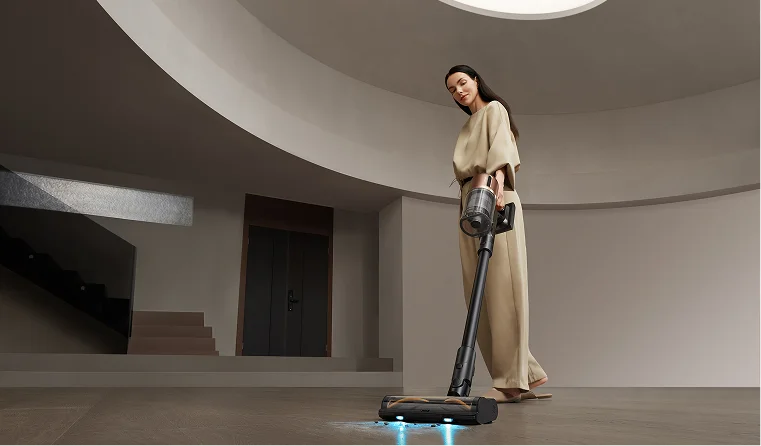
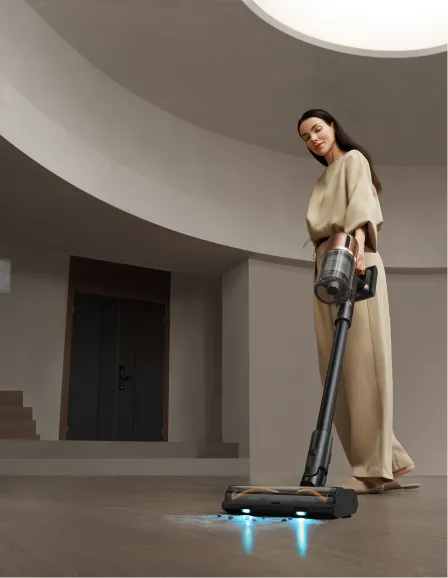

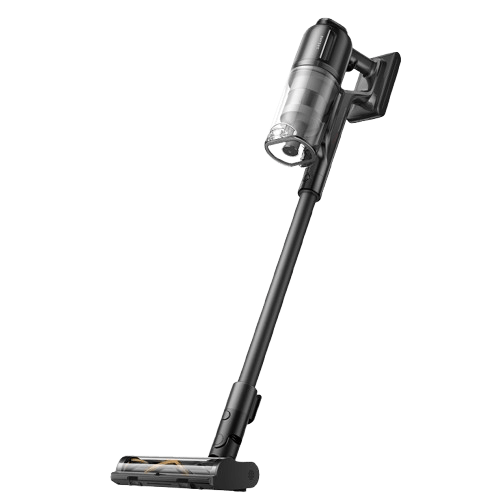

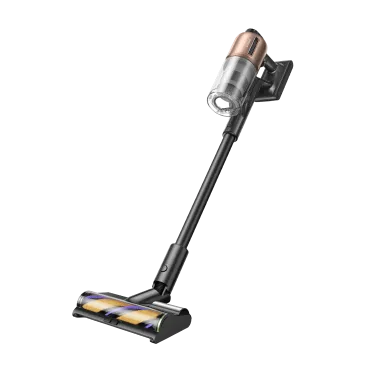
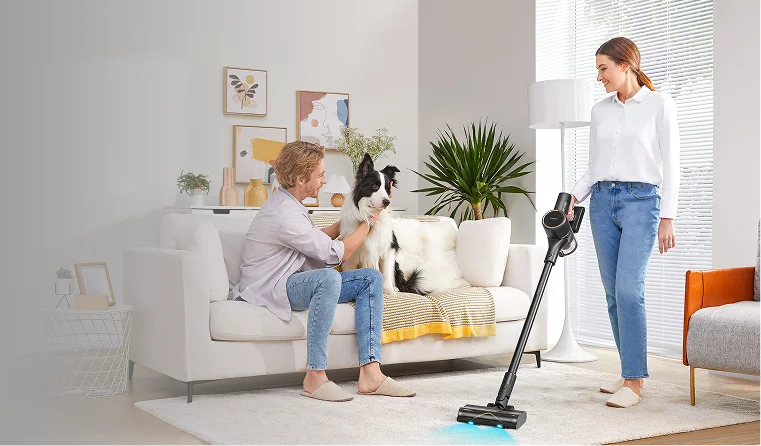
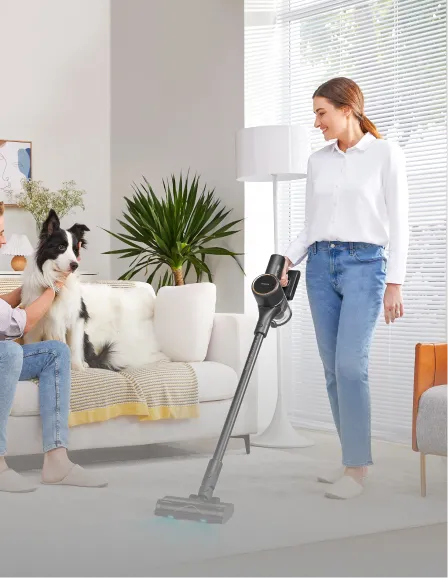
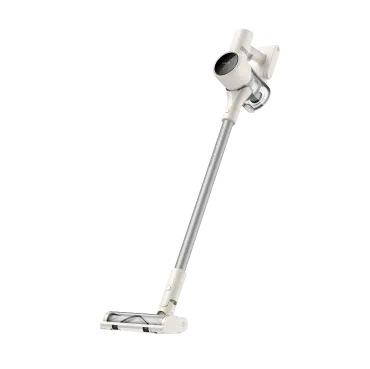
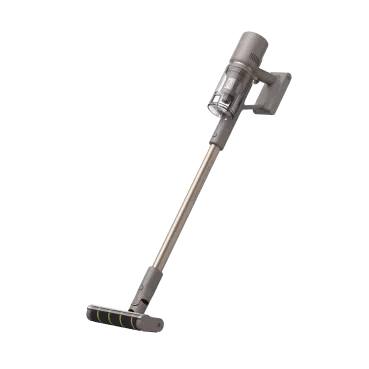
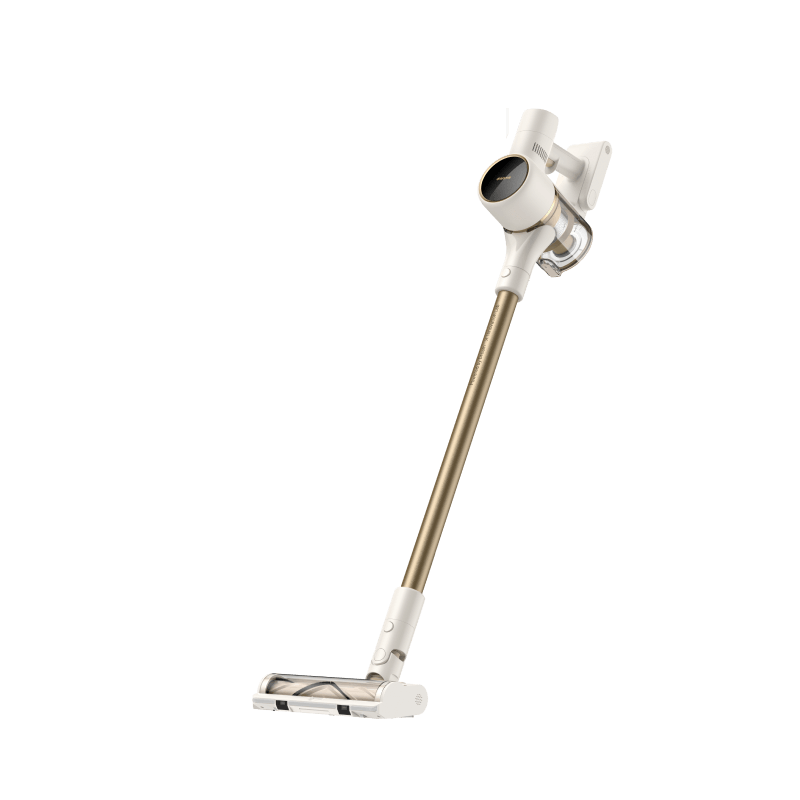
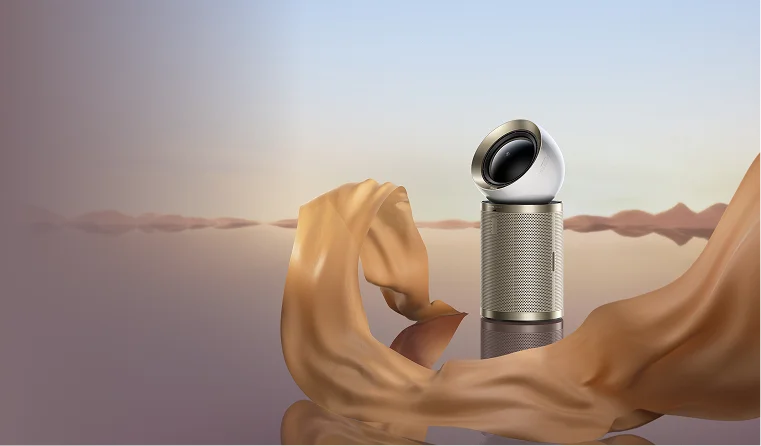
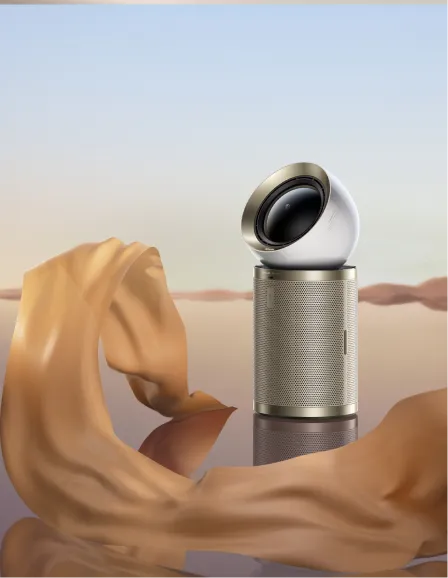

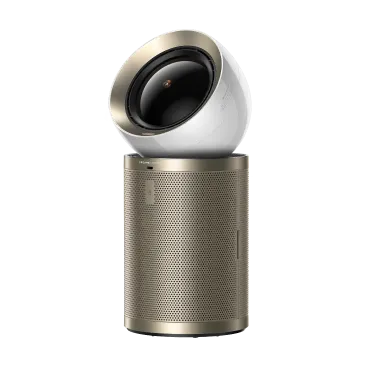
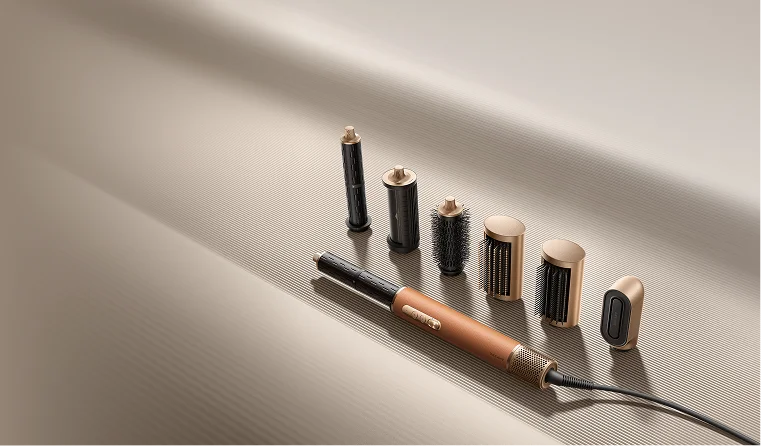
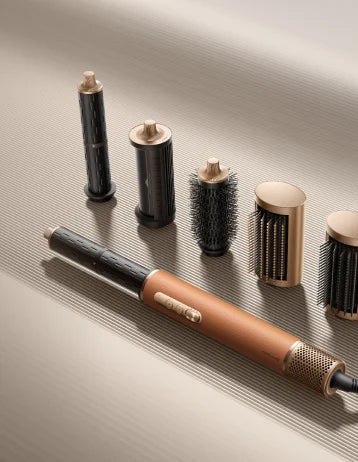
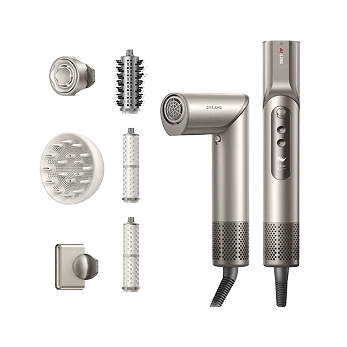


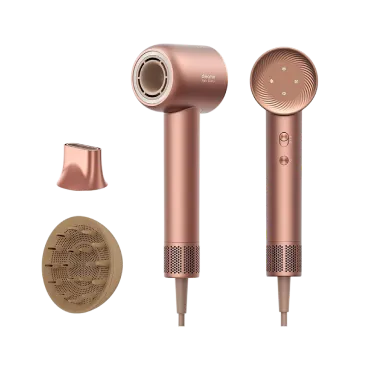
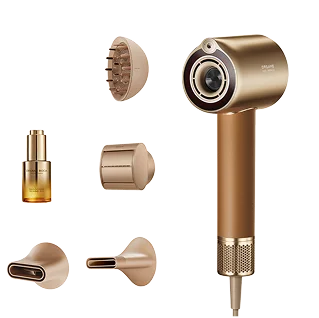




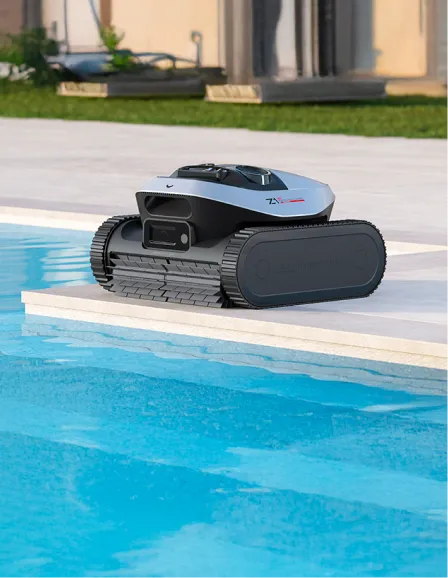
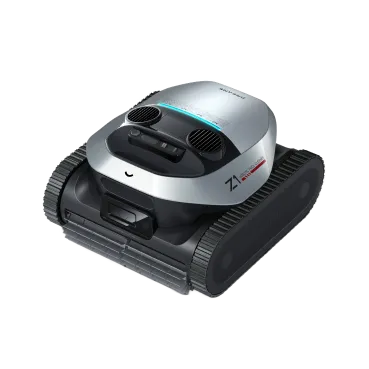
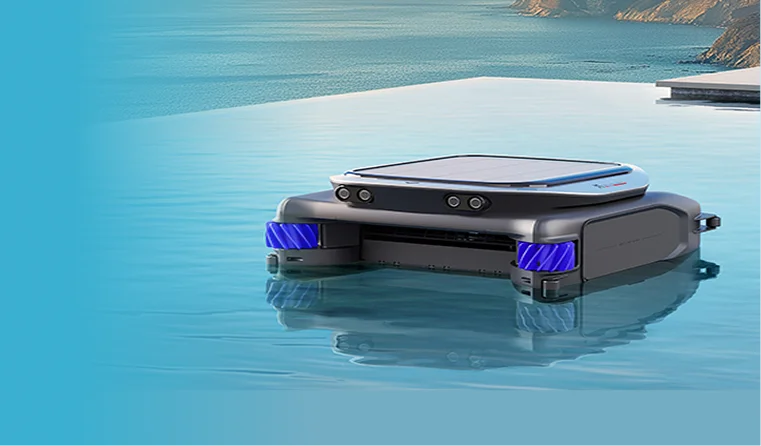











 Australia
Australia 中国大陆
中国大陆 日本
日本


 Türkiye
Türkiye


 Italia
Italia
 Netherlands
Netherlands Belgium
Belgium
 Greece
Greece Polska
Polska
 Norway
Norway
 Sweden
Sweden
 Finland
Finland
 Denmark
Denmark
 Hungary
Hungary Czechia
Czechia
 Slovenia
Slovenia
 Croatia
Croatia
 Switzerland
Switzerland United Kingdom
United Kingdom
 Canada
Canada









